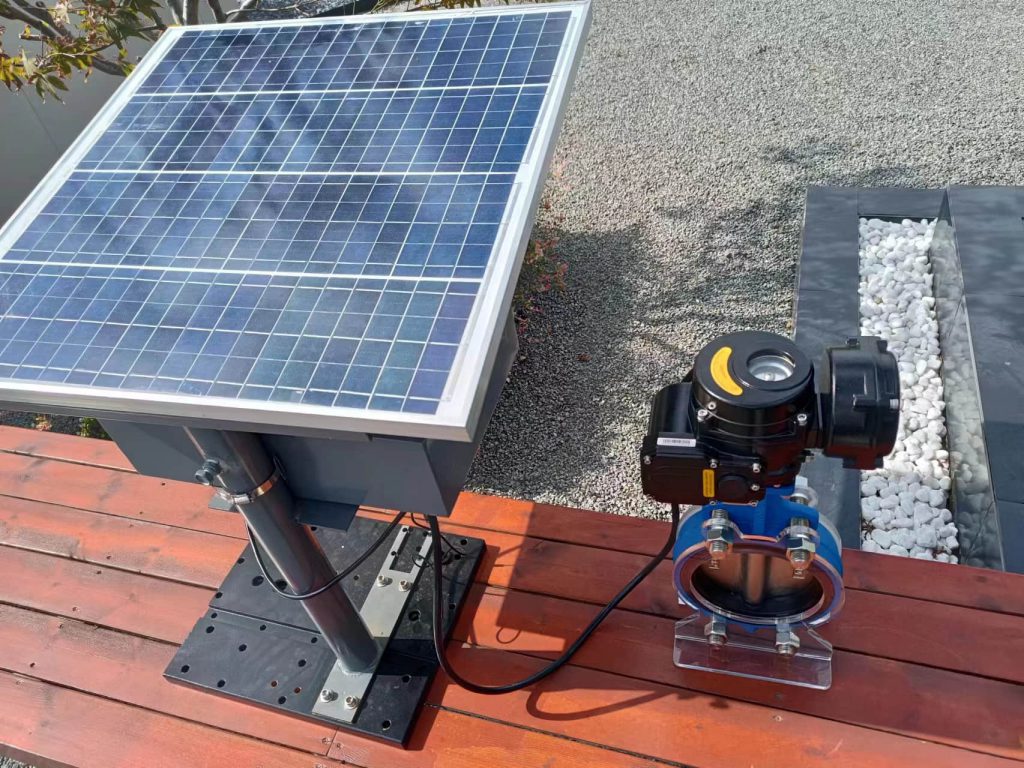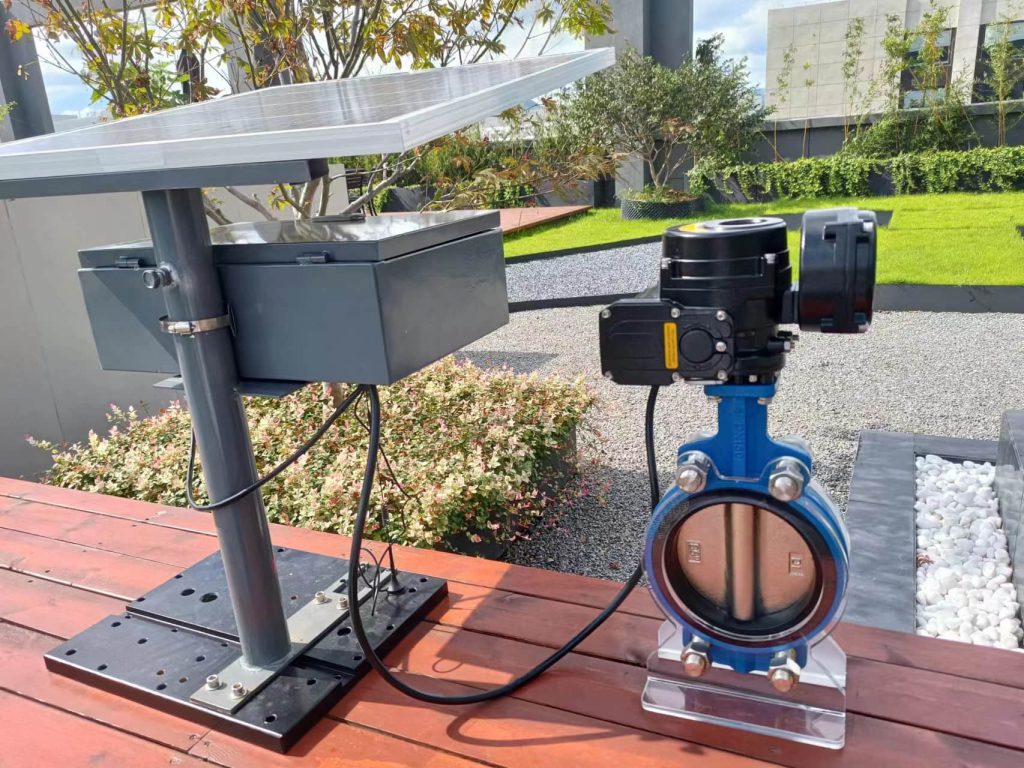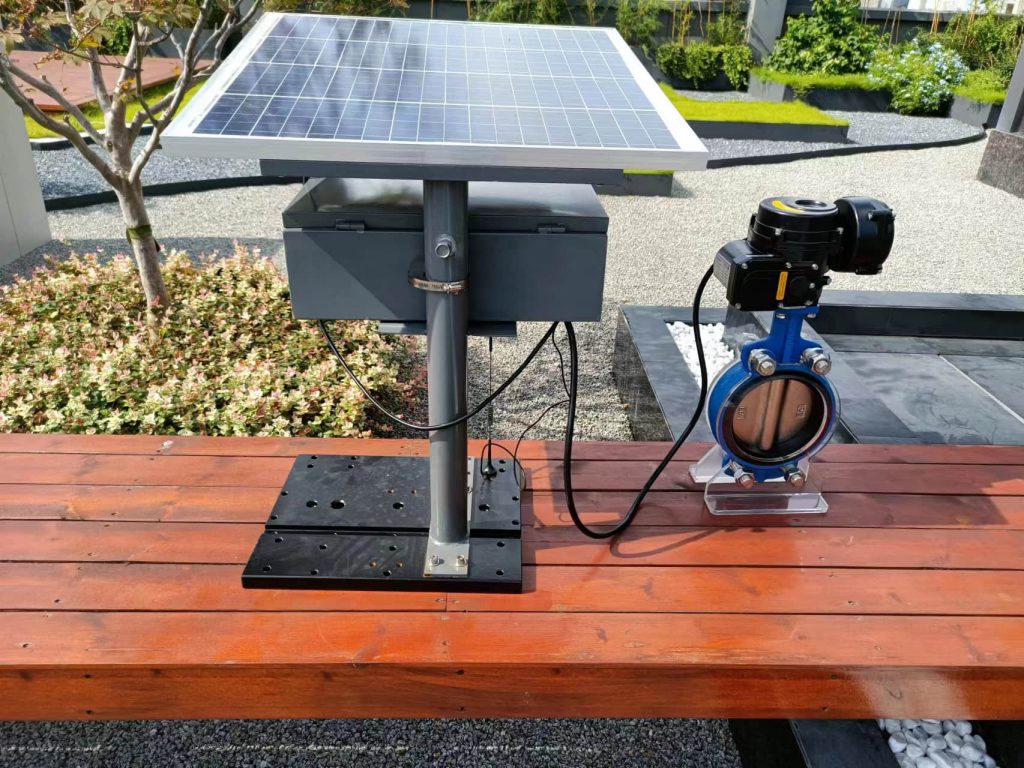In the realm of renewable energy and sustainable technology, the photovoltaic electric valve (PVEV) has emerged as a promising innovation. This unique device combines the principles of photovoltaic energy conversion with the functionality of an electric valve, offering a sustainable and efficient alternative in various applications.

Photovoltaic electric valves, as their name suggests, harness the power of sunlight to drive their operations. Unlike traditional electric valves that rely on grid electricity or batteries for power, PVEVs are self-sufficient, generating the required energy directly from sunlight. This not only reduces the carbon footprint but also eliminates the need for external power sources, making them an ideal choice for remote or off-grid locations.

The working principle of a PVEV is straightforward. It consists of three main components: a photovoltaic cell, an electric valve, and a control system. The photovoltaic cell converts sunlight into direct current (DC) electricity. This electricity is then used to power the electric valve, which controls the flow of fluids or gases in a system. The control system regulates the operation of the valve, ensuring precise control over the fluid flow based on specific parameters or conditions. The applications of photovoltaic electric valves are diverse and span across various industries. In irrigation systems, for instance, PVEVs can be used to control the flow of water to individual fields or plants, optimizing water usage and ensuring efficient irrigation. In solar-powered water pumping systems, PVEVs act as critical components, regulating the flow of water to and from the pumps, ensuring their optimal operation.

Leave a Reply